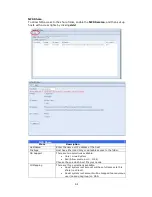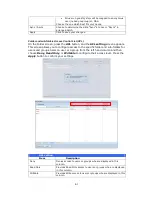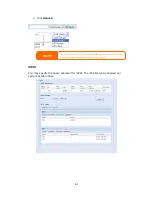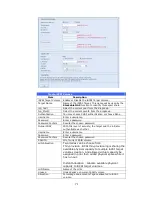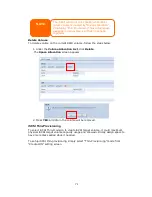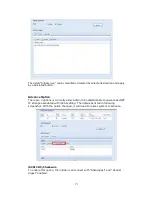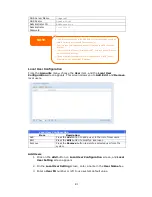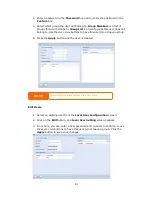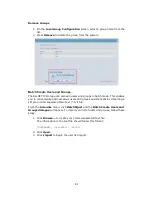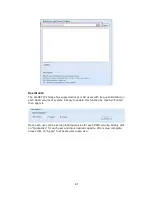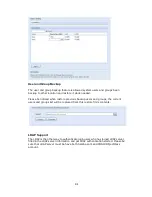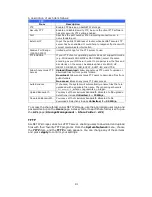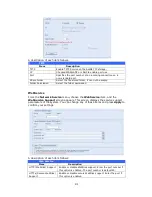
78
Max Connections
The maximum number of connections iSCSI.
Error Recovery Level
The Error Recovery Level (ERL) is negotiated during a leading iSCSI connection
login in traditional iSCSI (RFC 3720) and iSER (RFC 5046).
ERL=0: Session Recovery
ERL=0 (Session Recovery) is triggered when failures within a command,
within a connection, and/or within TCP occur. This causes all of the previous
connections from the failed session to be restarted on a new session by
sending a iSCSI Login Request with a zero TSIHRestart all iSCSI connections
on any failure.
ERL=1: Digest Failure Recovery
ERL=1, only applies to traditional iSCSI. For iSCSI/SCTP (which has its own
CRC32C) and both types of iSER (so far), handling header and data checksum
recovery can be disabled.
ERL=2: Connection Recovery
ERL=2, allows for both single and multiple communication path sessions
within a iSCSI Nexus (and hence the SCSI Nexus) to actively perform
realligence/retry on iSCSI ITTs from failed iSCSI connections. ERL=2 allows
iSCSI fabrics to take advantage of recovery in all regards of transport level
fabric failures, and in a completely OS independent fashion (i.e. below the host
OS storage stack).
User and Group Authentication
The ALLNET IP storage has built-in user database that allows administrators to
manage user access using different group policies. From the User and Group
Authentication menu, you can create, modify, and delete users, and assign them
to groups that you designate.
ADS/NT Support
If you have a Windows Active Directory Server (ADS) or Windows NT server to
handle the domain security in your network, you can simply enable the ADS/NT
support feature; the ALLNET IP storage will connect with the ADS/NT server and
get all the information of the domain users and groups automatically. From the
Accounts menu, choose Authentication item and the ADS/NT Support screen
appears. You can to change any of these items and press Apply to confirm your
settings.



